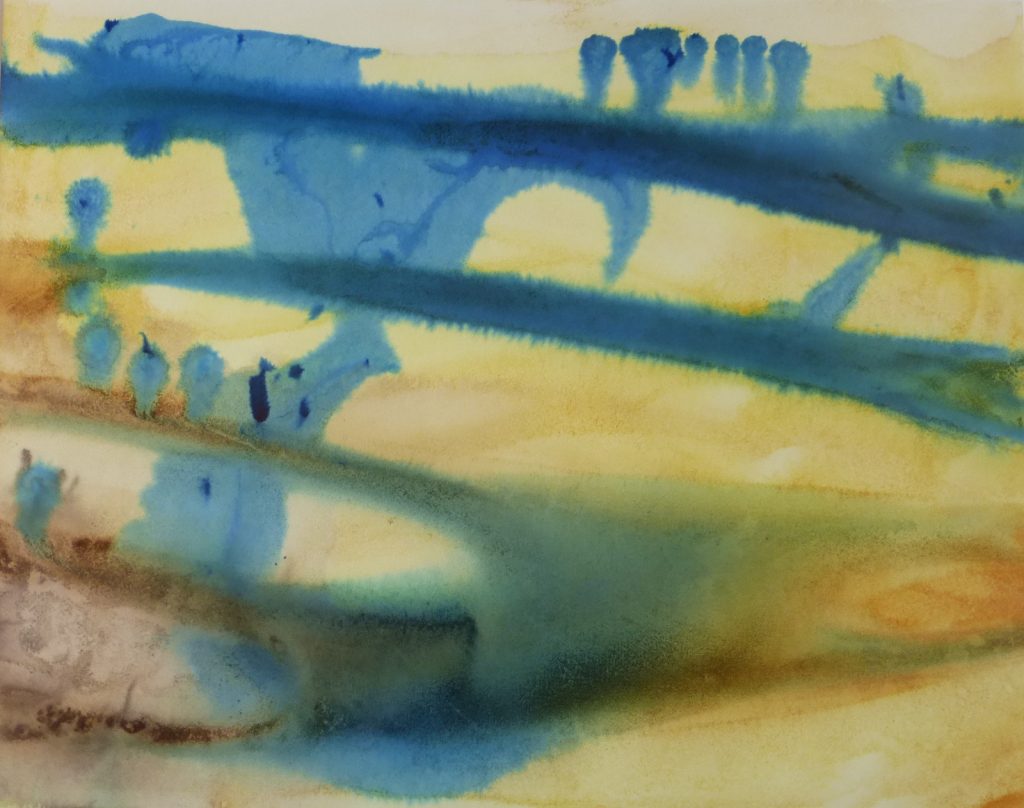Dreamy Poppy Pink
In nursing school, to learn about human anatomy, we dissected stray cats. The tiny blobs and structures inside them looked more like toys than organs; at times I had difficulty telling one part from another.
When our instructor got us invited to the medical school’s Anatomy Lab that studied real people, I was excited to finally see a complete human body. Maybe there would be straight pins with little flags for each section of the heart and brain. I expected the experience to be like our Cat Lab: clinical and unemotional.


